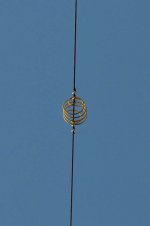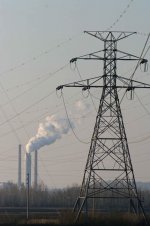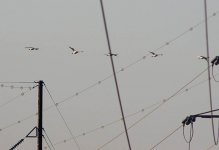rockfowl
Mark Andrews
From the Sichuan thread in the China section - http://www.birdforum.net/showthread.php?t=149725&page=25
Hello China bird friends!
I was at lake Namtsho/ Damshung/ Tibet in early Nov. and I found lots of electrocuted buzzards. Some birds had their feet/ legs burned away.
The nomads there got electricity to their winter houses recently and they do not live in villages but quite isolated and scattered.
So there is plenty of new electricity cables everywhere.
It seems that the photographed electricity pole marks a bend and that there is an additional grounding cable ... can this be the problem?
I know these things happen also in the West ... but it was really many and Namtsho is a Natural Reserve (they charge 120 Yuan entry!!!)
Should this happen here?
Is this common in China?
Can there something be done?
Thanks,
David







